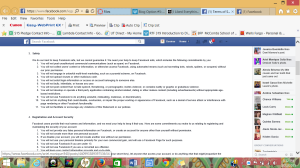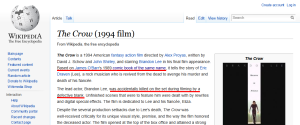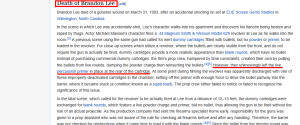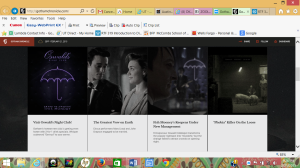When you encounter any social media outlet today, you are bombarded with all sort of advertisements that may or may not be tailored to your liking. However, Facebook, has produced a specific algorithm that collects all personal data about you and produces a theorized layout of advertisements and information that you would like, also known as “Algorithmic Surveillance,” as described in Mark Andrejevic’s article “Surveillance in the Digital Enclosure.” Based on Mat Honen’s “Like Everything on Facebook for 48 Hours” experiment, I too had the privilege of “liking” everything on Facebook and experiencing the aftermath of the personalized data feed.
As I read through Facebook’s Data Policy and Terms of Service, I came across this section called Safety, in which Facebook informs the user that in order to keep their profile safe and private, there are certain actions that are expected of them such as engaging in unlawful multi-level marketing or bullying or harassing another user. I think it is interesting that Facebook uses this “digital enclosure” to not only give you a service but also ask a service from the user, a thought that I overlooked. We unconsciously accept Facebook as a service to us but do not realized that we are participating in a larger trade off with an actual business deal. As I read on, I realized that the safety of my profile is completely up to me and my personal privacy settings.
In Honen’s article he mentions an interview between Andy Warhol and Art News in which Warhol states that we are all like machines because, “You do the same thing every time. You do it over and over again.” This is a part of viewer society and the synopticon vs. panopticon because we are senselessly adapting to the cultural shift of watching each other more and more as the technological aspects improve. It has become natural to become a part of a synopticon, which in a simple term refers to the countless mass watching the very few. Take for example this Facebook experiment – at least 75% of my news feed consisted of celebrities whom I liked but never truly in depth had the time to analyze. As I continued this experiment into its second day, I had several articles updating me on their latest favorite restaurants, who they were spotted with last night and what they wore to the latest event – hence the mass watching the very few. At the beginning of the experiment, I immediately saw results in advertisement because I would have back to back articles from the same company that I liked. Every article began to duplicate many other related articles and so forth after only a mere hour. Once I got into the swing of things, I began to find myself unconsciously enjoying this simple task. This scopophilia began to come with ease and I found myself in awe of every new amount of information passing my face. This is the habit of just about everyone trapped in this cultural cycle. So next time you decide to “like” anything on Facebook, think twice and remember the specified algorithm that is yours.
Terms of service. (2015, January 30). Retrieved March 21, 2015, from Facebook, Facebook search terms of service website, https://www.facebook.com/legal/terms
Data Policy. (2015, January 30). Retrieved March 21, 2015, from Facebook, Facebook data policy website, https://www.facebook.com/about/privacy/
Honan, Matt. “I Liked Everything I Saw on Facebook for Two Days. Here’s What It Did to Me | WIRED.” Wired. 11 Aug. 2014. Web. 21 Mar. 2015.
Andrejevic, Mark. “Surveillance in the Digital Enclosure.” The Communication Review. Web. 21 Mar 2015.











